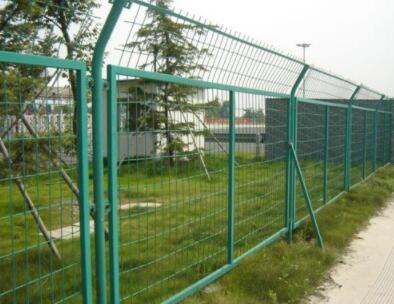Installing Barbed Wire A Comprehensive Guide
Barbed wire has been an essential fencing material for decades, widely used in agricultural settings, industrial sites, and security perimeters. Its primary purpose is to deter unwelcome intruders, whether they be animals or humans, while also serving as a boundary marker. This article aims to provide a step-by-step guide on how to properly install barbed wire fencing to ensure safety and effectiveness.
Step 1 Planning and Preparation
Before starting the installation, it’s crucial to plan out the entire fencing layout. Identify the area where the barbed wire will be installed and consider factors such as
1. Purpose Are you securing livestock, crops, or property? This will determine how high and tight you need the wire.
2. Permits Check local regulations about fencing, particularly when it involves barbed wire, as some areas have restrictions regarding its use.
3. Materials needed You’ll need barbed wire, fence posts (wooden or metal), wire stretchers, fencing pliers, staples or clips, a post-hole digger or auger, and a level for proper alignment.
Step 2 Setting up the Fence Posts
1. Spacing Typically, fence posts should be spaced about 8 to 12 feet apart, depending on the type of barbed wire and local conditions.
2. Digging post holes Use a post-hole digger to create holes about 2 to 3 feet deep, ensuring that the posts will be sturdy and resistant to wind and animal pressure.
3. Setting the posts Place the posts in the holes and ensure they are straight using a level. Fill the holes with concrete or tamp the soil down firmly to hold the posts in place. Allow the concrete to cure as per the manufacturer’s instructions.
installing barbed wire

Step 3 Attaching the Barbed Wire
1. Beginning the installation Starting at one end of your prepared fence line, uncoil the barbed wire and position the first strand approximately 6 inches above the ground. Secure it to a post using staples or clips.
2. Adding additional strands For enhanced security, you may choose to install 2 to 5 strands of barbed wire. As you add more strands, space them evenly apart (generally 6 to 12 inches), increasing the height as you go.
3. Stretching the wire Utilize a wire stretcher to ensure that each strand is taut. This is essential to minimize sagging and improve the overall efficacy of the barrier.
Step 4 Securing the Wire
1. Tying off the wire Once you have stretched the barbed wire to your satisfaction, secure it to the terminal posts at each end using fencing pliers. Make sure to twist and secure it tightly to prevent it from loosening.
2. Final adjustments Walk along the entire length of the fence to check for any loose strands or posts. Adjust as necessary, adding additional staples or clips for stability.
Step 5 Safety and Maintenance
Barbed wire can pose significant safety risks if not handled properly. Always wear gloves and protective gear when working with it to prevent cuts and injuries from the sharp barbs. Regular maintenance is also crucial; check the integrity of the wire and posts periodically, especially after storms or adverse weather conditions, to ensure your fence remains secure.
Conclusion
Installing barbed wire fencing can be a straightforward process if you approach it methodically. By planning carefully, selecting the right materials, and following the installation steps, you can create an effective boundary that protects your property. Remember to prioritize safety throughout the process and maintain your fence regularly. With these considerations in mind, you'll have a reliable and sturdy barbed wire fence.

















